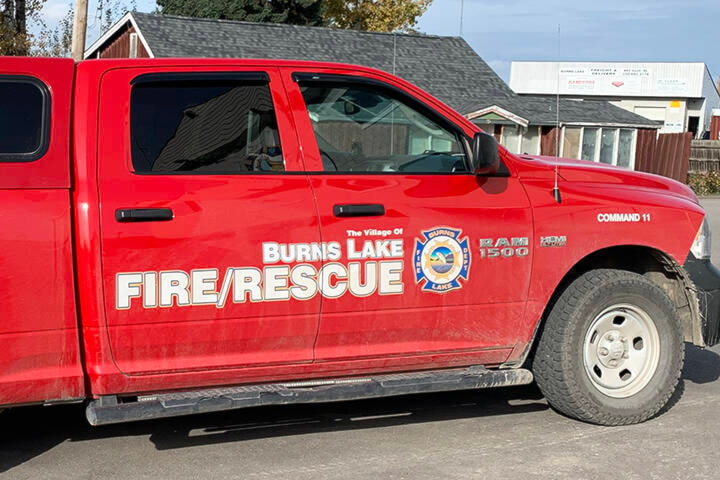During the village council meeting on Sept. 28, Burns Lake Fire Chief Robert Krause provide council with an update regarding a recent liquid propane gas training session that the local fire department took part in.
According to Krause, the Burns Lake Fire Rescue Department along with members from four other fire departments participated in the training which was held on Sept. 10 and Sept. 12 at the fire training centre located north of Burns Lake just off of Babine Road.
The training session was sponsored by CN Rail, and because Krause told them that they hadn’t held training in Burns Lake in over 15 years. The cost of the course was between $15,000 to $20,000.
The course included 16 hours of training for 15 members of the Burns Lake department, and 15 members of the other four departments that participated which included Topley, Houston, Fraser Lake and Vanderhoof.
Krause told council that the course was initially offered to departments that are located in towns with CN railroads running through them, however in the future the course will be offered to more rural towns such as Southside. The reason is because propane trucks that deliver large amounts of propane to rural properties require the same techniques as on railroad, so the accidents are just as likely to occur.
One of the topics covered was how to execute a freeze patch, which is technique used when a propane is leaking from a cylinder. The patch is created by freezing it off with wet rags. Krause said that there was also a lot of time spent on how to deal with a small propane leak with a fire. The lesson included proper techniques when approaching the propane cylinder, approaching the fire and using proper foam patterns in order to get it close enough to isolate the valve and shut it off.
Have a story tip? Email:
Eddie Huband
Multimedia Reporter
eddie.huband@ldnews.net
Like us on Facebook and follow us on Twitter.
